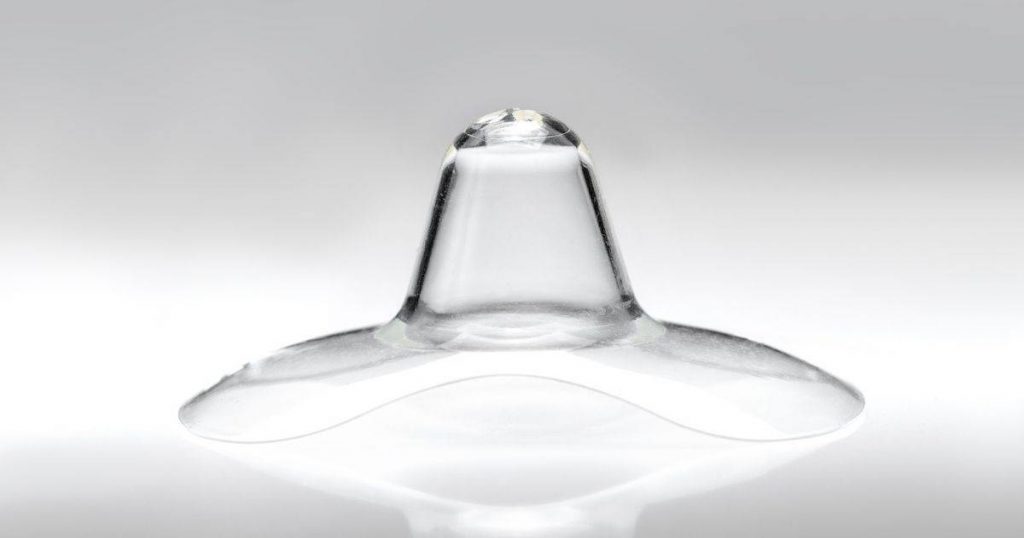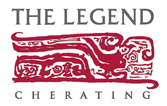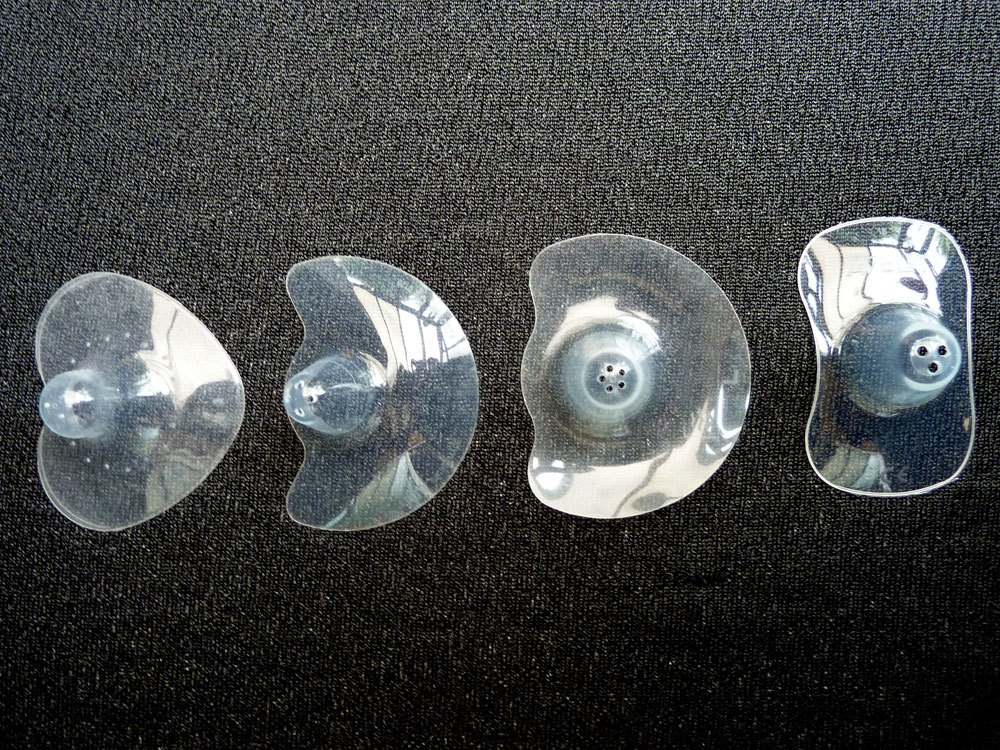Breastfeeding using a breast shield is widespread these days, although it might cause complications. Gather all of the information you’ll need before using a nipple shield to breastfeed. You might not even need a nipple shield! If you are one of the mothers who would benefit from a shield, make sure you have all of the necessary information. Breastfeeding is a natural process, although it is not always simple. To help you make an informed selection, we’ll go over all you need to know about nipple shields.
Is It Necessary To Use A Nipple Shield?
Determine whether or not you should use a breastfeeding nipple shield first. In most cases, nipple shields should only be used for a short period of time. If you have any of the following, you might consider utilising a nipple shield:
Inverted or flat Nipples
It can be difficult for a newborn to latch on to nipples that are inverted or flat. Using a nipple shield can sometimes assist to pull out your nipples. When your baby feels a nipple in their mouth, they have a reflex to suck, so flat or inverted nipples may lessen your baby’s suck reflex. A nipple shield can be beneficial. When learning to latch and nurse, try to use this only for a short time—even if your baby has flat or inverted nipples, they may not need the shield as they grow.
A Premature Baby
Some premature babies struggle to latch on to the breast. Their mouths are tiny, and their faces and jaws lack muscle tone. Breastfeeding a premature baby with a nipple shield may be beneficial until they are developmentally ready to latch and breastfeed.
A Baby With Nipple Confusion
Some babies develop a preference for bottles over nursing. When this happens, a nipple shield may be used to help wean the infant off the bottle and back to the breast.
Damaged Nipples
A nipple shield might help protect your nipples while they heal if they are seriously damaged. It isn’t always effective for nipple pain, but it may be a viable choice in the short term. Finally, the cause of the damage must be identified and rectified.
Nipples Too Large For Baby To Latch On To
Because some babies’ lips are small, they have a hard time latching on to huge nipples. It’s all right! Your kid will mature and become a better nurse. Meanwhile, a breast shield might assist your infant in latching on. Breastfeeding with a nipple shield should be limited to the time it takes your infant to latch without one.

When a Nipple Shield Shouldn’t Be Used
A nipple shield should not be used if:
Your milk is yet to arrive. Using a nipple shield before your milk arrives could cause an issue when there isn’t one already. Before your milk comes in, some newborns have trouble latching and nursing (colostrum in the first days is thicker and harder to get to). After your milk arrives, they will frequently latch and eat efficiently. In the meanwhile, feed your infant colostrum via a spoon, cup, or syringe.
You’ve got a sore nipple. A nipple shield won’t assist if your nipples are uncomfortable during the first few weeks of nursing. Your nipples will most certainly remain painful, and a nipple shield may reduce your milk supply. When you initially start breastfeeding, your nipples are likely to feel sore (kind-of like breaking in a pair of shoes). If you’re experiencing significant nipple pain, bleeding, or cracking, you should try to figure out what’s wrong. A good nursing latch will usually solve the problem.
I hope this article assists you in determining whether or not you need one and how to best use one for you and your kid!

